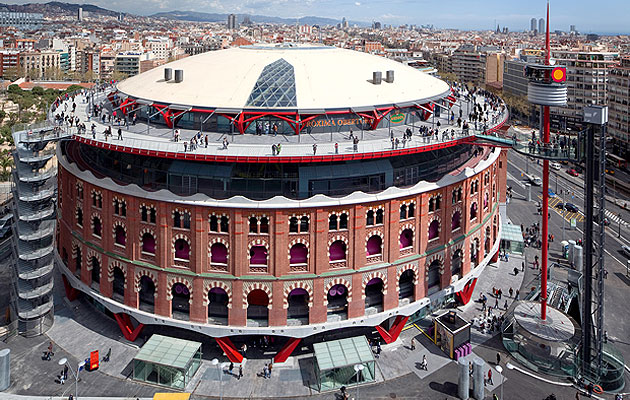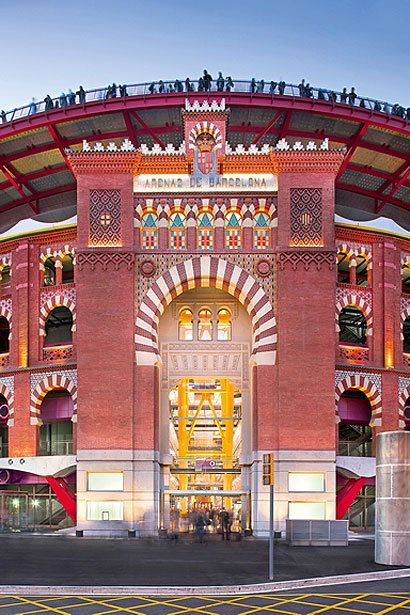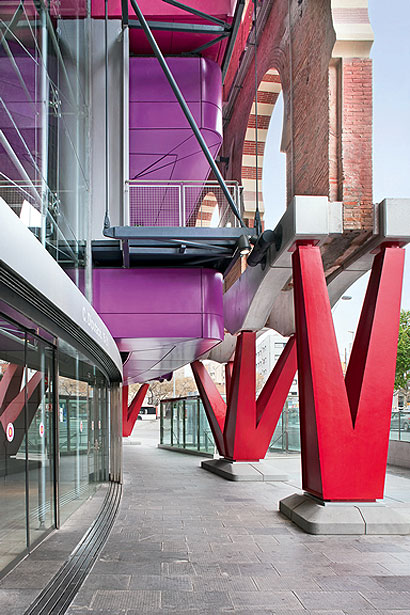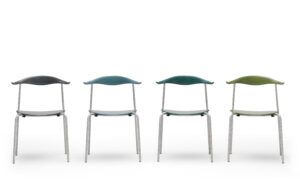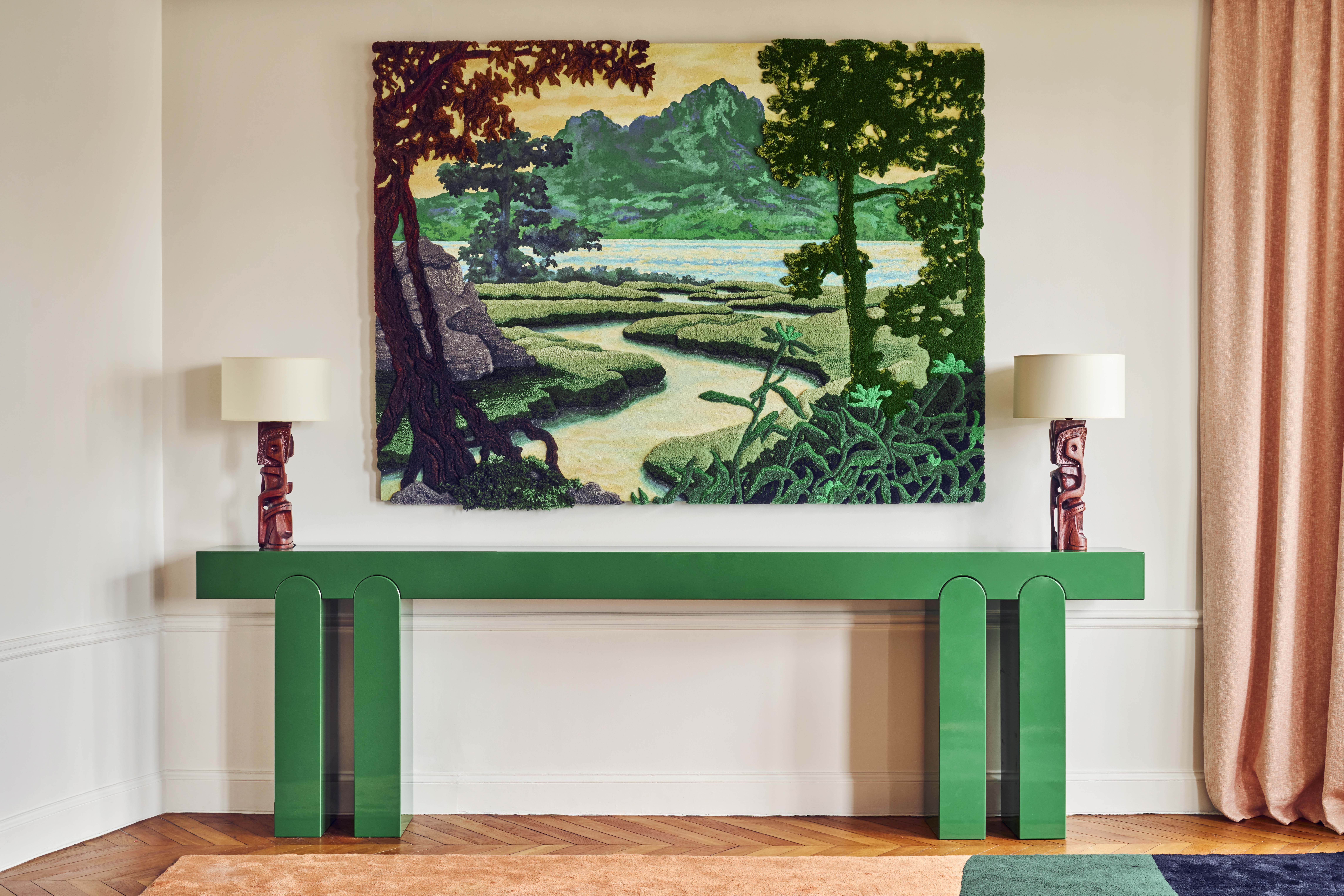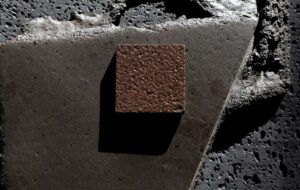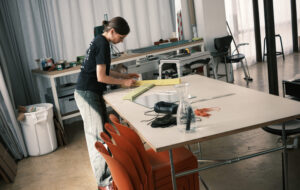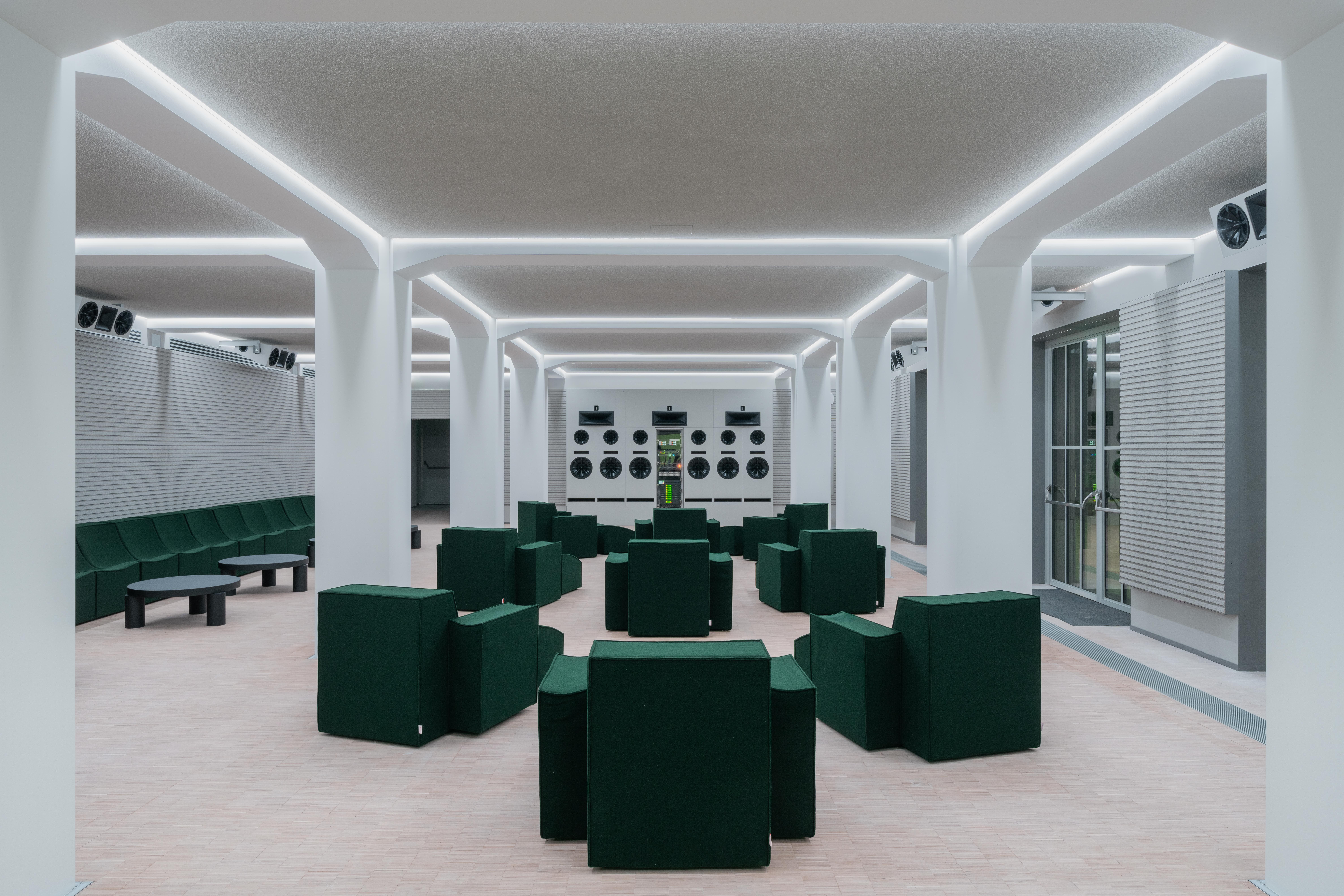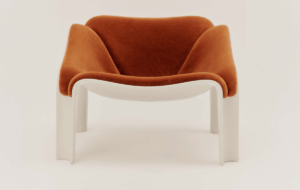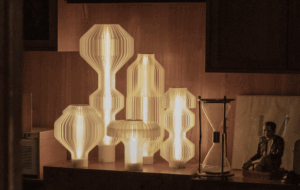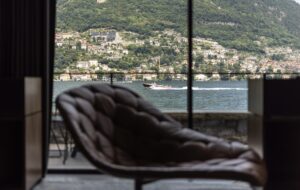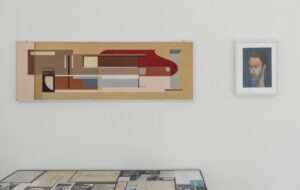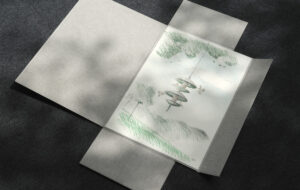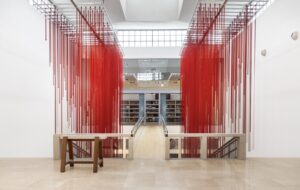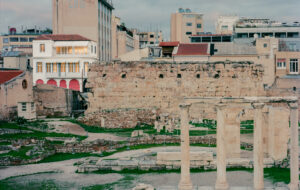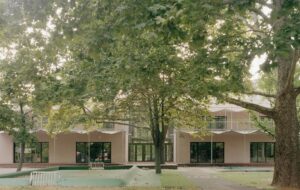|
|
||
|
What do you do with big, empty brick behemoths? The default answers seem to involve art or shopping. Gateshead’s Baltic and London’s Tate Modern and Battersea Power Station all have, or will have, some combination of the two, with the emphasis on the former. Barcelona has just gone the whole way with the latter, not in an industrial monument but in the city’s defunct bullfighting arena, just before the sport itself becomes outlawed in Catalonia. Las Arenas, which has been derelict since it stopped hosting bullfights about 20 years ago, has been converted in a slow, expensive and quite strange scheme by Rogers Stirk Harbour & Partners into a shopping mall – a dizzying circle of chain stores, glitter and garish colour.
credit David Cardelus/Rogers Stirk Harbour & Partners All malls describe a route and guide the customer in a certain direction, past the prime retail spots, creating a circuit of conspicuous consumption. Las Arenas takes this approach to an extreme. Its bright polished metal and marble surfaces, reflective glass and gaudy colours are an odd counterpoint to the Moorish arches of the brick shell, provoking an interesting contrast between the vague memory of ritual slaughter and the slightly sickly whirr of window shopping. The architects were given a difficult task: they needed to leave the shell of the arena intact and build around it. The city authorities, quite probably wisely, suspected that if the outside walls were demolished or dismantled, they would never get them back again. All the structure is woven around the brickwork in a complex web of steel, culminating in the flying saucer that sits on top of the structure. “Museum of Rock” (my quotation marks since this is an irony-free exhibit) is a huge single-span multi-purpose space (possibly the largest such space in Europe, the architects tell me without any certainty at all), containing a gym, cafe, running track and public walkway. The walkway is already being treated as an extension of the Ramblas, with locals wandering around at a leisurely pace licking ice creams and pointing out the roofs of their apartment blocks. It is probably as close to a genuine civic space as it is possible to get in a building of this sort. There are also the usual Rogers tropes: huge purple ducts, oversize yellow structural sections, red splayed columns and a curiously dated “communications tower”, which does not succeed in making the building space age. There are also some clunky details – it’s easy to tell this is not a practice with much experience of, or inclination towards, working with historic fabric. But the overall effect is striking. The architect has managed to maintain a monumental structure that punctuates the western end of the city with great gravitas. It has also begun to make sense of a busy, messy junction at the Plaça d’Espanya (the reconstruction of Mies van der Rohe’s Barcelona Pavilion stands across the road) and Montjuïc. Barcelona has maintained a strict stance on malls and out-of-town retailers, limiting them in order to protect local urban and specialist stores. Las Arenas obviously has special dispensation; it is clearly popular but less clearly an unalloyed good thing. The banning of bullfighting in Catalonia was controversial and hard won and has now been replaced by the vacuous global consumption of the mall. I’m sure that is an advance for the bulls but I’m not sure how well it bodes for the serious business of being a city.
credit David Cardelus/Rogers Stirk Harbour & Partners |
Image Josep Ma Molinos/Rogers Stirk Harbour & Partners
Words Edwin Heathcote |
|
|
||

